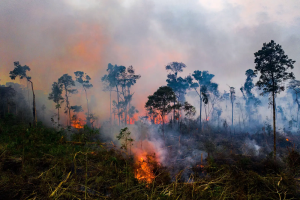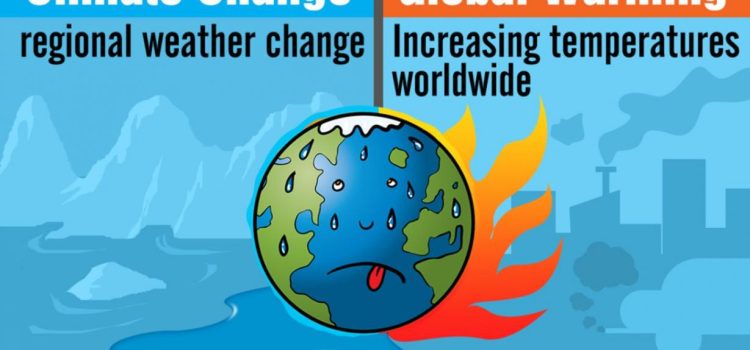
Impact on Crop Yields

Extreme weather events such as droughts, floods, and storms have a significant impact on crop yields. These extreme weather conditions can destroy crops, leading to decreased production and financial losses for farmers. Changes in temperature also play a crucial role in agricultural production. Rising temperatures can affect the growth and development of crops, leading to lower yields. In some cases, extreme heat can even cause crops to wilt and die, further reducing agricultural output.
Changes in Precipitation Patterns
Changes in precipitation patterns can have a profound impact on agricultural production. Altered rainfall patterns can lead to droughts or floods, both of which can negatively affect crop yields and livestock health. Droughts can cause crops to wither and die, while floods can wash away crops and contaminate soil. These changes in precipitation patterns make it difficult for farmers to predict and plan for their harvests, resulting in decreased agricultural productivity.
Increased Frequency of Extreme Weather Events
The increased frequency of extreme weather events due to climate change has a detrimental effect on agricultural production. These events can lead to decreased crop yields and livestock losses, impacting the livelihoods of farmers. For example, hurricanes and tornadoes can destroy crops and infrastructure, while heatwaves can cause heat stress in livestock, leading to reduced productivity. Climate change exacerbates these extreme weather events, making it challenging for farmers to sustain their agricultural operations.
Altered Growing Seasons
Climate change has also led to altered growing seasons, disrupting the traditional crop cycles and affecting yield. Warmer temperatures and changing weather patterns can cause crops to mature earlier or later than usual, impacting the quality and quantity of the harvest. Farmers must adapt to these altered growing seasons by adjusting their planting and harvesting schedules, which can be challenging and costly. These changes in growing seasons further complicate agricultural production in the face of climate change.
Soil Degradation and Erosion
Soil degradation and erosion are significant challenges faced by agricultural producers due to climate change. Soil degradation reduces the fertility and productivity of agricultural land, making it difficult for farmers to grow healthy crops. Erosion, on the other hand, leads to the loss of topsoil, which is essential for plant growth. As a result, agricultural production is negatively impacted, and farmers must implement soil conservation practices to mitigate these effects. Climate change exacerbates soil degradation and erosion, posing a threat to global food security.
Pests and Diseases Proliferation

Climate change contributes to the proliferation of pests and diseases, which can have a devastating impact on agricultural production. Pests and diseases can destroy crops, leading to significant losses for farmers. Warmer temperatures and changing weather patterns create favorable conditions for pests and diseases to thrive, making it challenging for farmers to control and manage these threats. Climate change exacerbates the spread of pests and diseases, posing a significant risk to the sustainability of agricultural production.
Water Scarcity Issues
Water scarcity is a global issue that impacts agricultural production around the world. Climate change worsens water scarcity issues, making it challenging for farmers to access the water needed for irrigation and livestock management. Droughts and changing precipitation patterns further exacerbate water scarcity, leading to reduced crop yields and livestock losses. Farmers must implement water conservation practices and technologies to adapt to these challenges and ensure the sustainability of agricultural production.
Heat Stress on Livestock

Higher temperatures due to climate change can have a significant impact on livestock health and productivity. Heat stress can cause livestock to suffer from dehydration, heat exhaustion, and reduced feed intake, leading to decreased milk production and weight gain. Climate change exacerbates heat stress on livestock, making it challenging for farmers to maintain the health and well-being of their animals. Farmers must implement cooling measures and provide adequate shade and water to mitigate the effects of heat stress on livestock.
Adaptation and Mitigation Strategies
To address the challenges posed by climate change on agricultural production, farmers must implement adaptation and mitigation strategies. Adaptation strategies include implementing climate-resilient farming practices, diversifying crops, and investing in irrigation systems. These strategies help farmers adapt to changing weather patterns and mitigate the impact of climate change on agricultural production. Mitigation strategies focus on reducing greenhouse gas emissions, improving soil health, and promoting sustainable agricultural practices. By implementing these strategies, farmers can contribute to the resilience and sustainability of agricultural production in the face of climate change.










